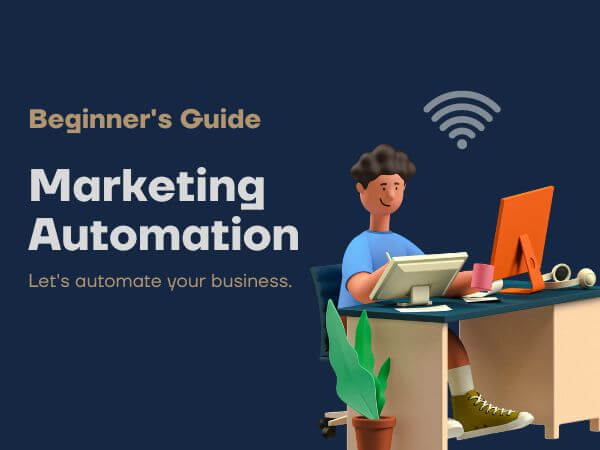Physical Address
LIG Road, Indore (M.P.)
Postal Code: 452001

Marketing automation is a crucial part of any modern digital marketing strategy. It refers to the use of technology and software to automate repetitive tasks in the marketing process. By automating tasks such as email marketing, social media management, and lead generation, businesses can streamline (make processes smooth) their marketing efforts and free up time for more strategic tasks.
If you’re new to marketing, here are a few tips to help you get started:
It involves using software to automate repetitive marketing tasks. The aim is to simplify the marketing process and save time, all while providing a personalized experience for each individual customer.
Some examples include:
There are many benefits like:
Here are some examples of automation tools and how they can be used:
HubSpot is an all-in-one automation platform and actually called as CRM. With HubSpot, businesses can create targeted email campaigns that are triggered by user behavior, as well as track website visits and other interactions to identify the most promising leads.
HubSpot also offers a range of integrations with other tools like Salesforce and Mailchimp, making it easy to streamline your marketing efforts across multiple platforms.
Mailchimp is an email marketing platform that offers a range of automation features to help businesses deliver targeted content to their subscribers.
For example, businesses can set up automated welcome emails for new subscribers, as well as automated email campaigns that are triggered by specific user behaviors.
Mailchimp also offers integrations with other marketing tools.
Marketo is a software platform by Adobe, that focuses on lead management and scoring.
With Marketo, businesses can track and score leads based on their behavior and engagement with the brand, as well as set up automated email campaigns and other targeted content.
Marketo also offers advanced analytics and reporting features to help businesses measure the effectiveness of their marketing efforts.
Salesforce is a comprehensive customer relationship management (CRM) platform that offers a variety of MA features.
Salesforce differentiates itself from other marketing platforms by offering a comprehensive suite of customer relationship management (CRM) tools alongside its automation features.
This means that businesses can manage all aspects of their customer interactions, from marketing and sales to customer service and support, all within the Salesforce platform.
Salesforce also offers additional features such as social media management, content creation tools, advanced analytics, and reporting.
Its third-party integrations with tools like Mailchimp, HubSpot, and Marketo make it easy for businesses to streamline their automation efforts across multiple platforms.
Getting started with MA is easier than you might think. Here are a few steps to get you started:
If you are interested in implementing marketing automations for your businesses, it can be helpful to work with a marketing agency that specializes in this area.
At SMCP Creations, we have a team of experts who can help you implement automations for your marketing business. Whether you are looking to streamline your email campaigns, improve lead management, or integrate your marketing automation efforts with other areas of your business, we can provide the guidance and support you need.
Contact us today to learn more about how we can help you automate your marketing efforts and grow your business.